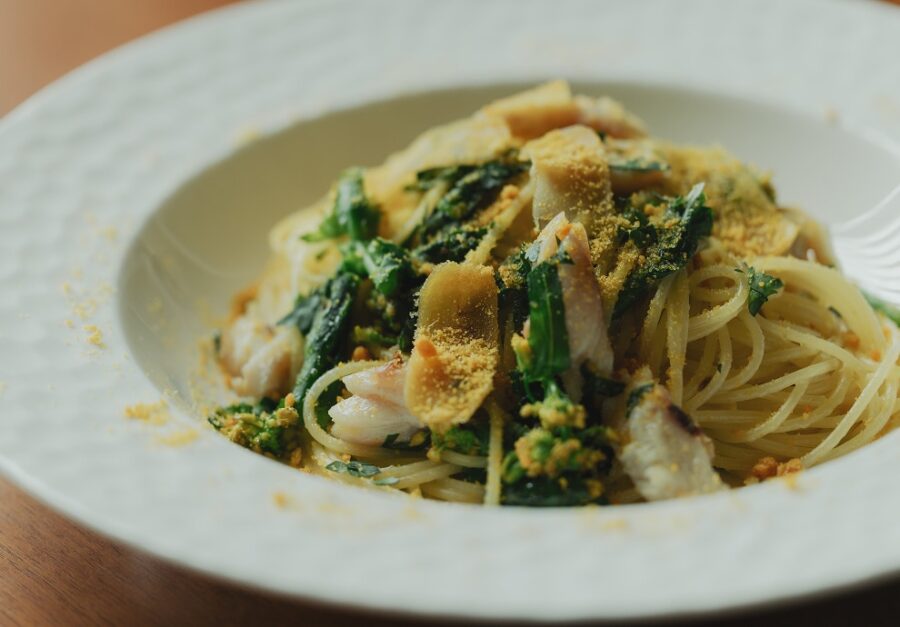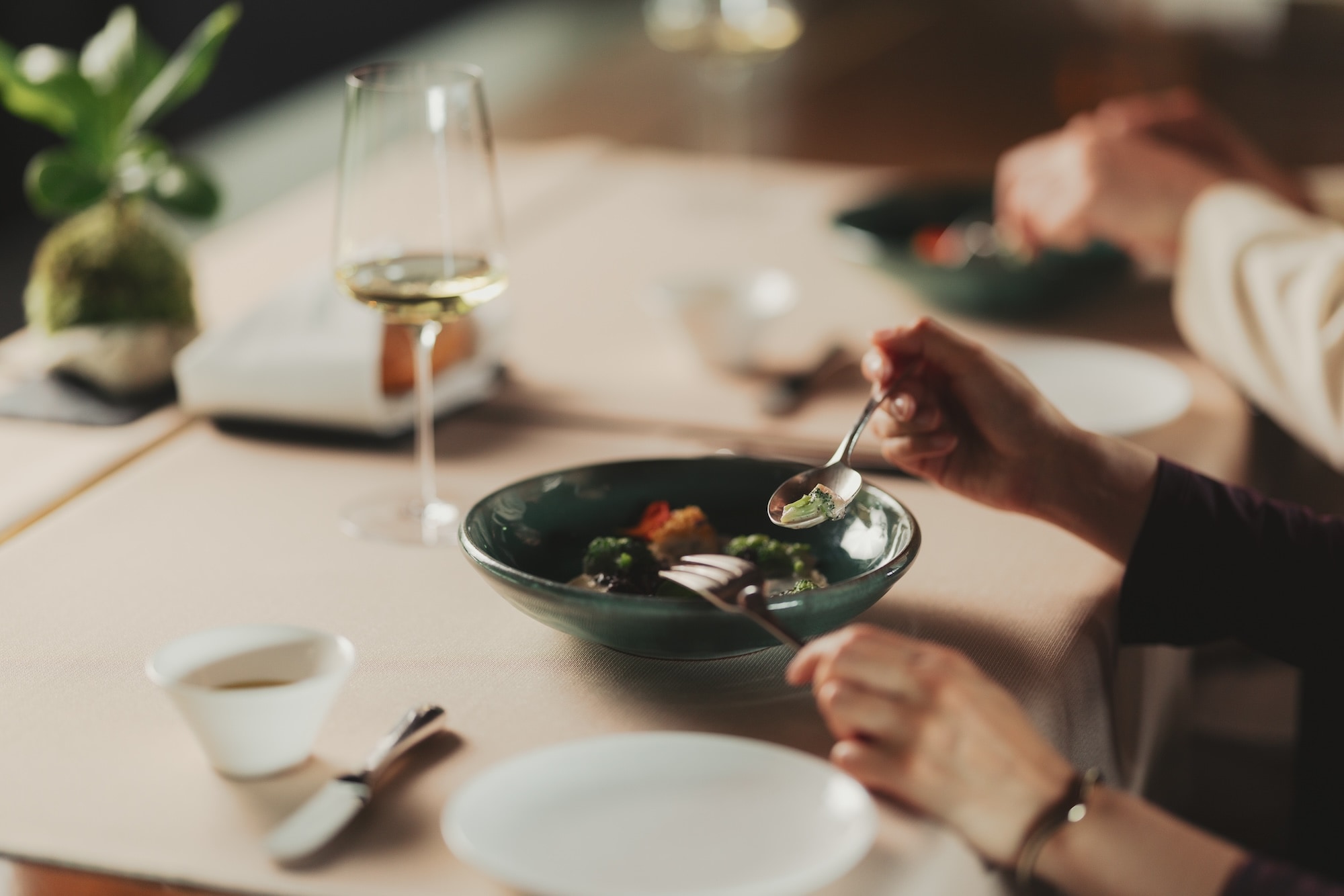
Dining
sankara time
Elevate your trip with a culinary journey,
savoring cuisine found nowhere else
Each dish is crafted using ingredients nurtured by abundant forest and sea, carefully chosen to reflect the season and the unique character of the day.
When you dine at Sankara Hotel & Spa Yakushima, you’ll enjoy cuisine that celebrates nature’s bounties while offering new discoveries with each bite.
Just as nature changes with each passing day, our dishes also take on different expressions in each moment, offering truly unique flavors with each plate.
A dining experience to delight the taste buds and leave lasting memories.
Today is a precious day, deserving the finest flavors and warmest hospitality to match the moment.
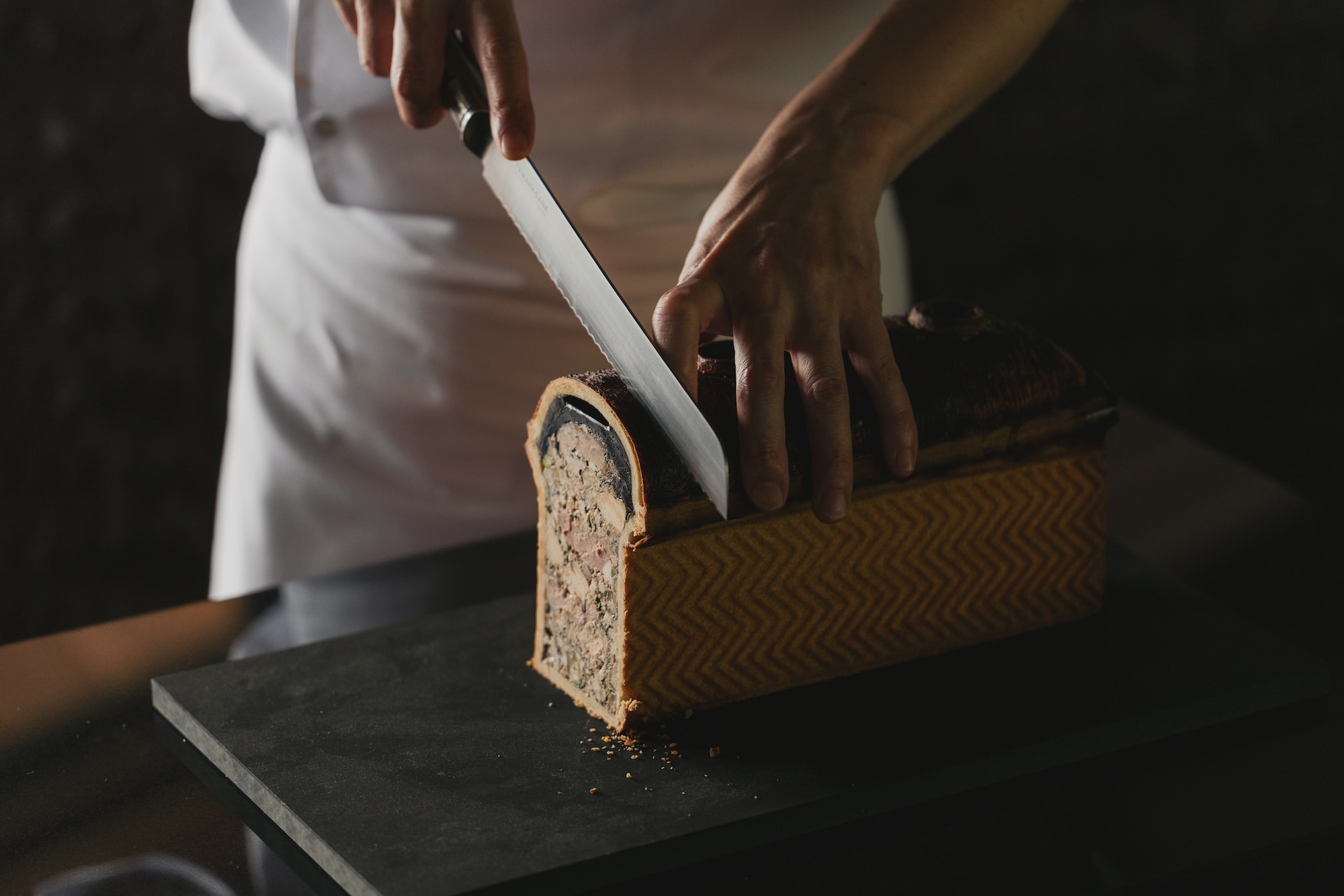
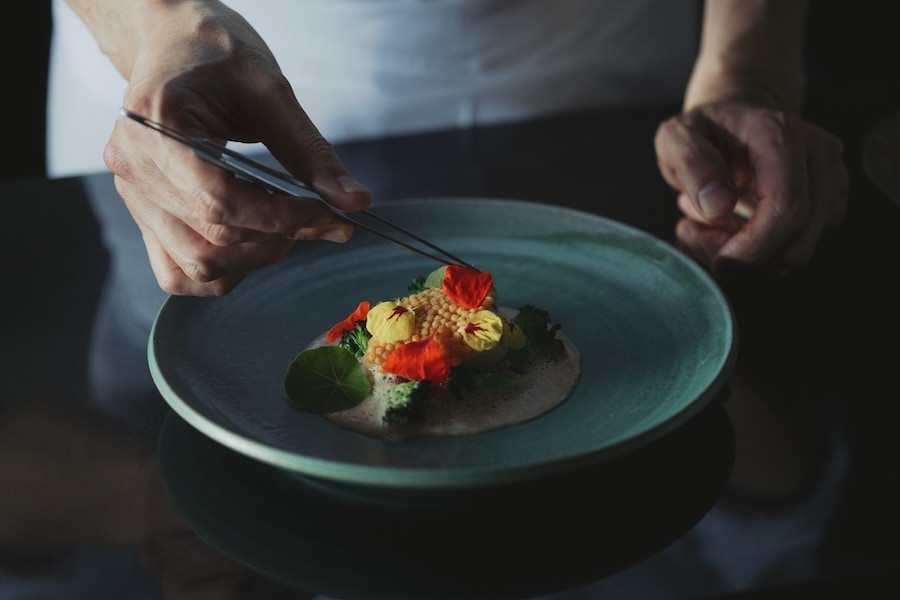
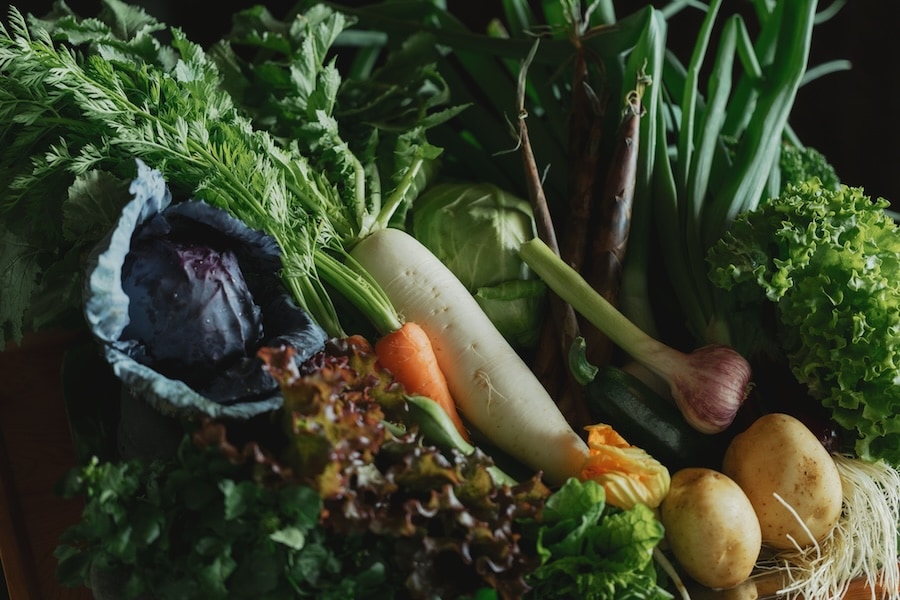
Four Seasons of Yakushima Ingredients
Spring
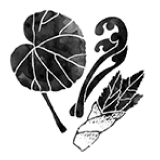
In February, farmers begin harvesting tankan oranges, one of Yakushima’s signature crops. Wild plants, such as Japanese bracken ferns, Japanese angelica trees, leopard plants and bamboo shoots are ready to be foraged, while raspberries, plums and bayberries make ideal ingredients for syrup, jam or liquor. Around this time, farmers also start planting early harvest rice in their paddies.
Summer
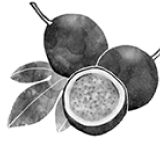
Taking advantage of the warm climate, tropical fruits, such as bananas, mangos, pineapples, and dragon fruit, are grown. We use these fruits to make our jams, which are served at breakfast.
Fall
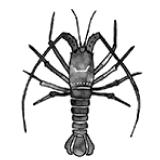
The sea around Yakushima is home to one of the most diverse fish populations in Japan. The area is a haven for fishing, with species such as gnomefish, Pacific barrelfish, greater amberjack, spanner crab and Japanese spiny lobster. While Japanese flying fish can be caught year-round, fall is considered the best season. It is also the harvest season for anno imo and other sweet potatoes, which are used to make shochu.
Winter
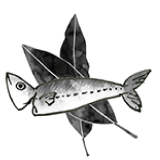
The seawater where the mainstream of the Kuroshio Current flows is warm, maintaining a temperature of around 19˚C even in the depths of winter. This warm water brings plentiful marine life from the south. Mackerel fishing in this area is mainly focused on blue mackerel, among which kubiore saba (”broken-neck mackerel”) are particularly well known for being served as sashimi. The name comes from the way the fish are kept fresh by breaking their necks and draining the blood as soon as they are out of the water.
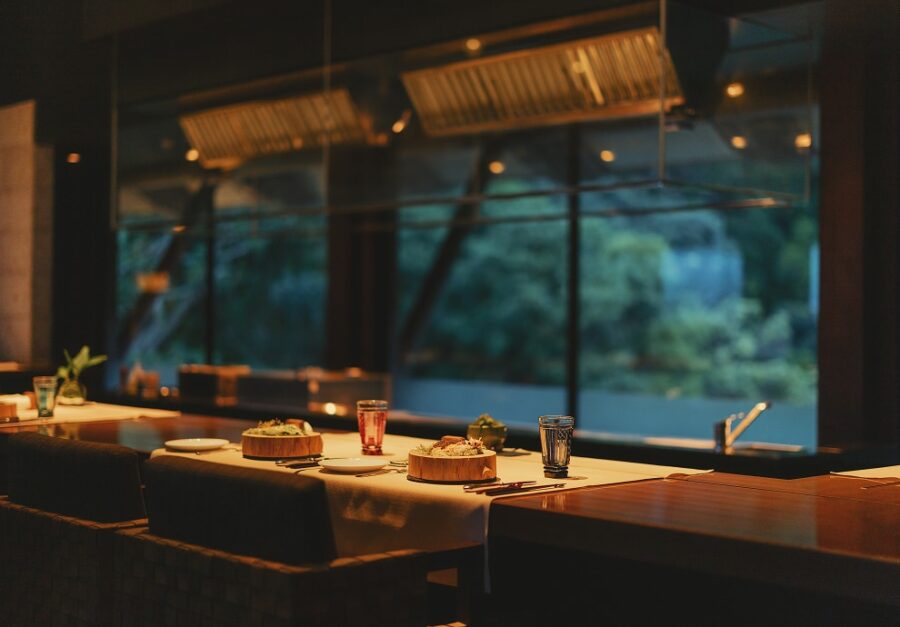
Okas
Full course dining that weaves in
new flavors with each dish
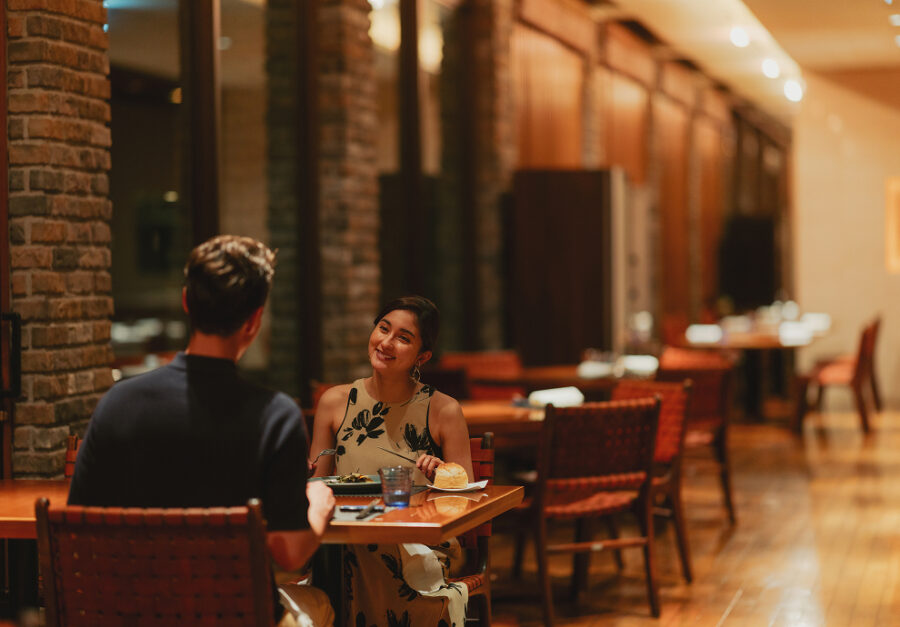
Ayana
Prix fixe dining with variety
to fit any feeling
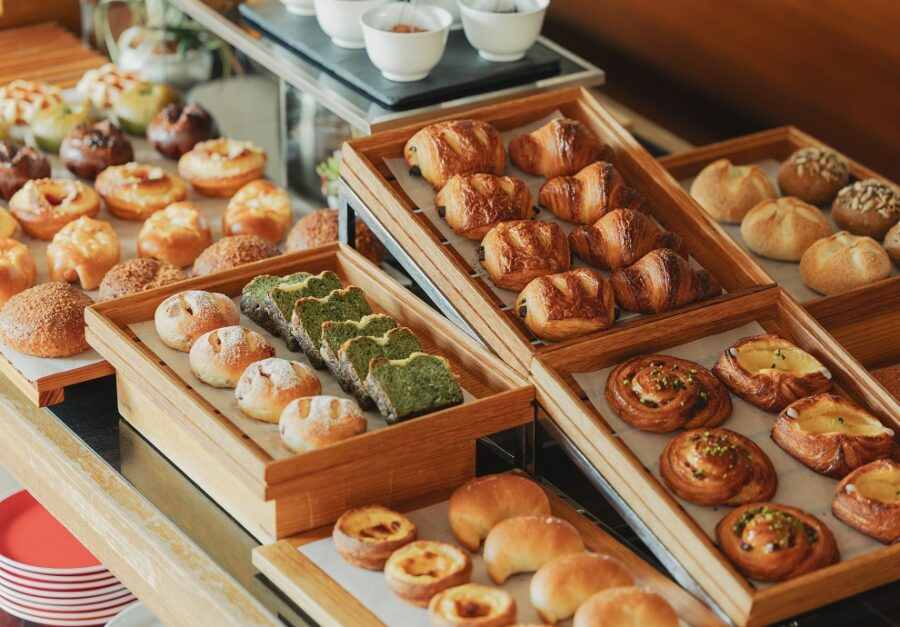
Breakfast
A hearty breakfast featuring rich local ingredients and
bread baked freshly on the day by our boulanger
